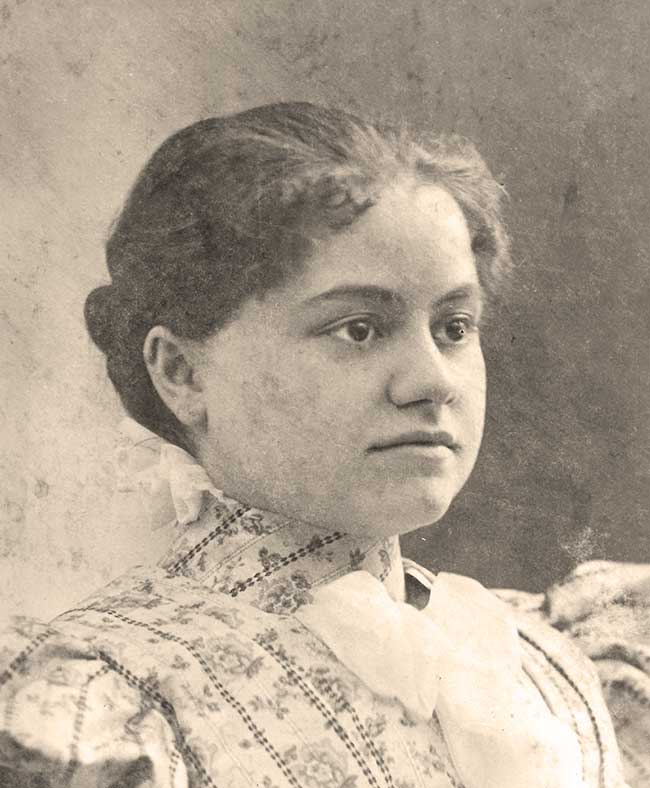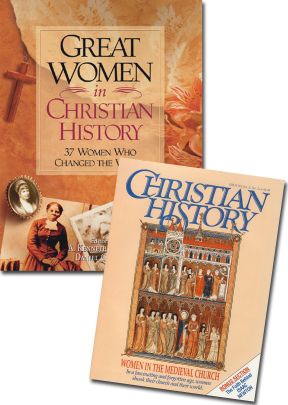SINGMASTER MADE LUTHERAN IMMIGRANTS LIVE IN NOVELS

[16-year-old Elsie Singmaster, 1895. Public domain.]
ELSIE SINGMASTER was born in 1879 in a Lutheran parsonage at Schuylkill Haven, Pennsylvania. Her mother, however, was Quaker, and the home used “thee” and “thou” in conversation. Riding with her Lutheran father as he made pastoral calls in his various pastorates in Berks Country, young Singmaster observed people. The half-English, half-German language of the Pennsylvanian Germans—the Dunkers, Amish, Seventh-Dayers, and Mennonites—seeped into her consciousness. As early as eleven years of age, she began to write about the people she knew and sold her first story in 1905. By then she had taken writing courses at Cornell University.
Her short stories and novels, many of them set in Millerstown (Macungie, Pennsylvania), brought her recognition and eventually awards. Although she married in 1912, Singmaster always published under her maiden name. Her husband, Harold Lewars, an English teacher, hymnwriter, and musician in the Lutheran Church, died three years into their marriage. Singmaster was then pregnant, but the child died at birth. She never remarried. After her father took a position teaching at Gettysburg’s Lutheran seminary, she also moved there and penned many stories about the people whose lives were touched by Gettysburg’s bloody three-day battle that changed the course of the Civil War.
Her Lutheran faith prompted her to write a life of Martin Luther and a history of Lutheran missions. Her favorite text was John 15:5 which speaks of our connection to Christ as branches in a vine.
Faith imbued many pages of her fiction, too, and moral crises were key events in the lives of her characters. For instance, in one of her novels, protagonist Bennett Malin has literary pretensions and reveals them to his professors when he comes into an inheritance. “They suspected that he did not really feel the doctrines which he professed to believe and which he must preach.” And so it proves. Moving to New England, he becomes a Unitarian. His wife, Naomi, had come to faith during a tasteless revival service. But despite the evangelist’s crassness, Naomi really experienced a change in her heart: “God was real and He had come close to her.” Although intimidated by her husband, her fear of God is greater, and she insists their son be baptized in a Christian church, not reared Unitarian. She does more good in her humble, God-fearing, way than Bennett with his lofty pretensions. In the end Bennett recognizes he has sold his soul for futile dreams.
During World War I, Singmaster joined the local Red Cross. She wrote no fiction for two years as she concentrated on the war cause. She involved herself in many other charitable and civic causes and helped found the Adams County library. And she engaged enthusiastically in Lutheran mission work and with the deaconess societies that were establishing American hospitals and aid societies. She fought for coeducation for women.
Elsie Singmaster died on this day, 30 September 1958, and was buried in Macungie. She is remembered with a historical marker on Seminary Ridge at Gettysburg and was given the title “Distinguished Daughter of Pennsylvania” by a governor. Some of her books are regarded as culturally important and her stories still find a place in anthologies.
—Dan Graves
----- ----- -----
For more stories of Christian women, read Great Women in Christian History






